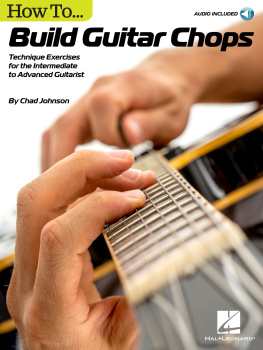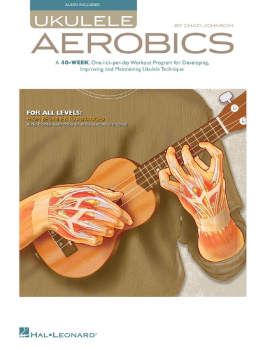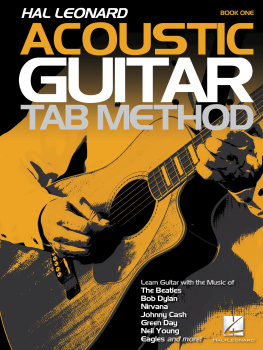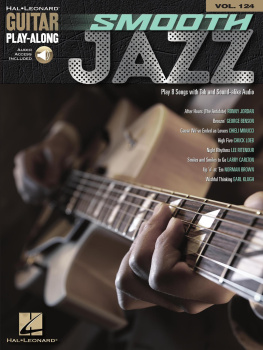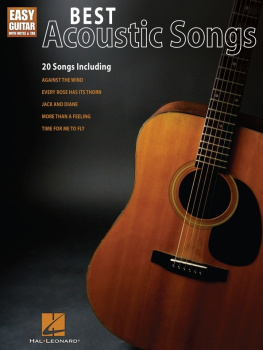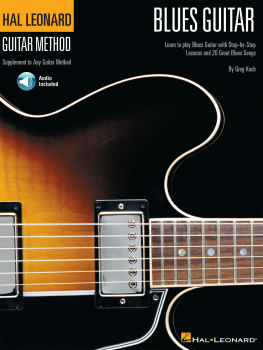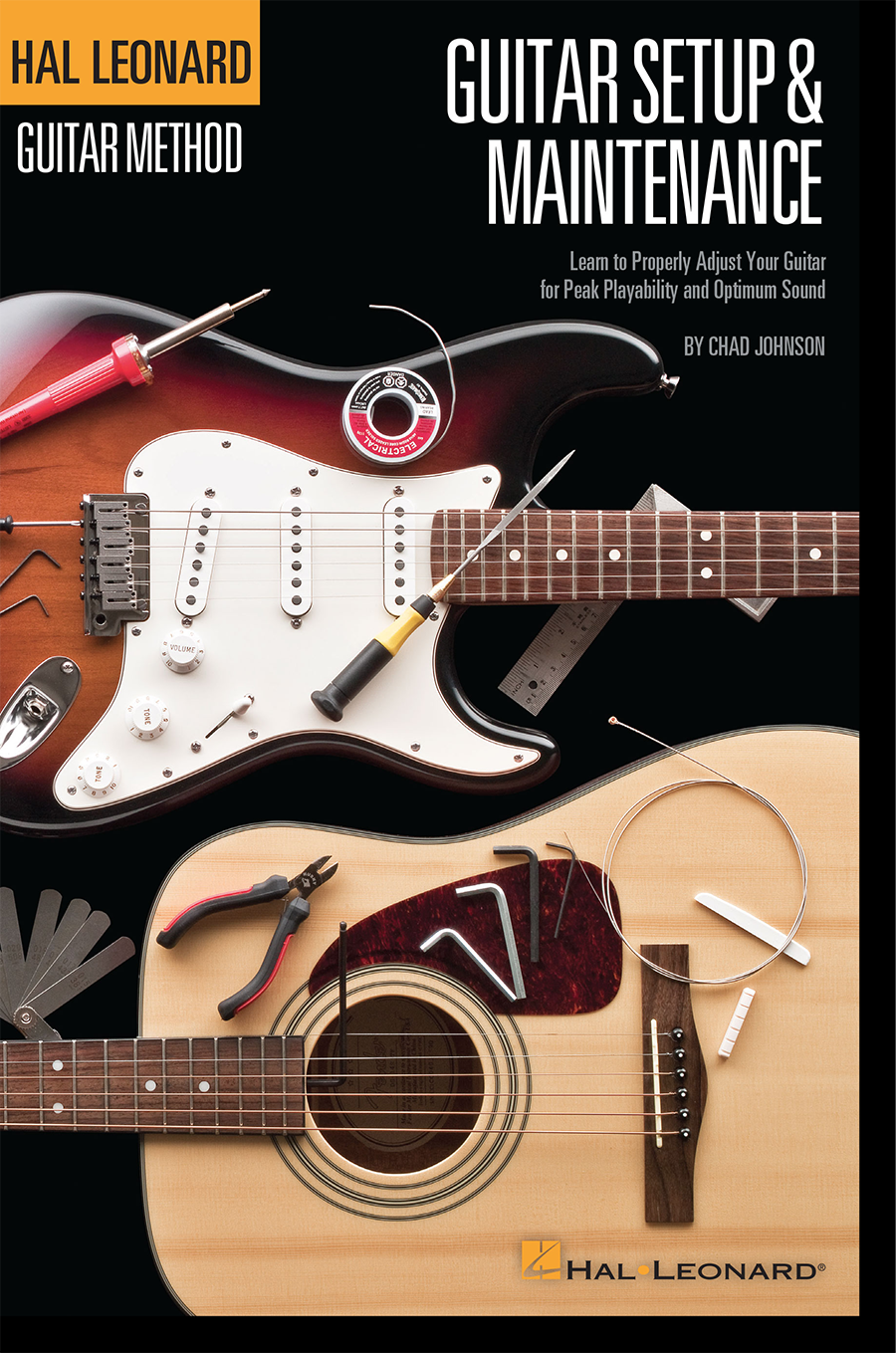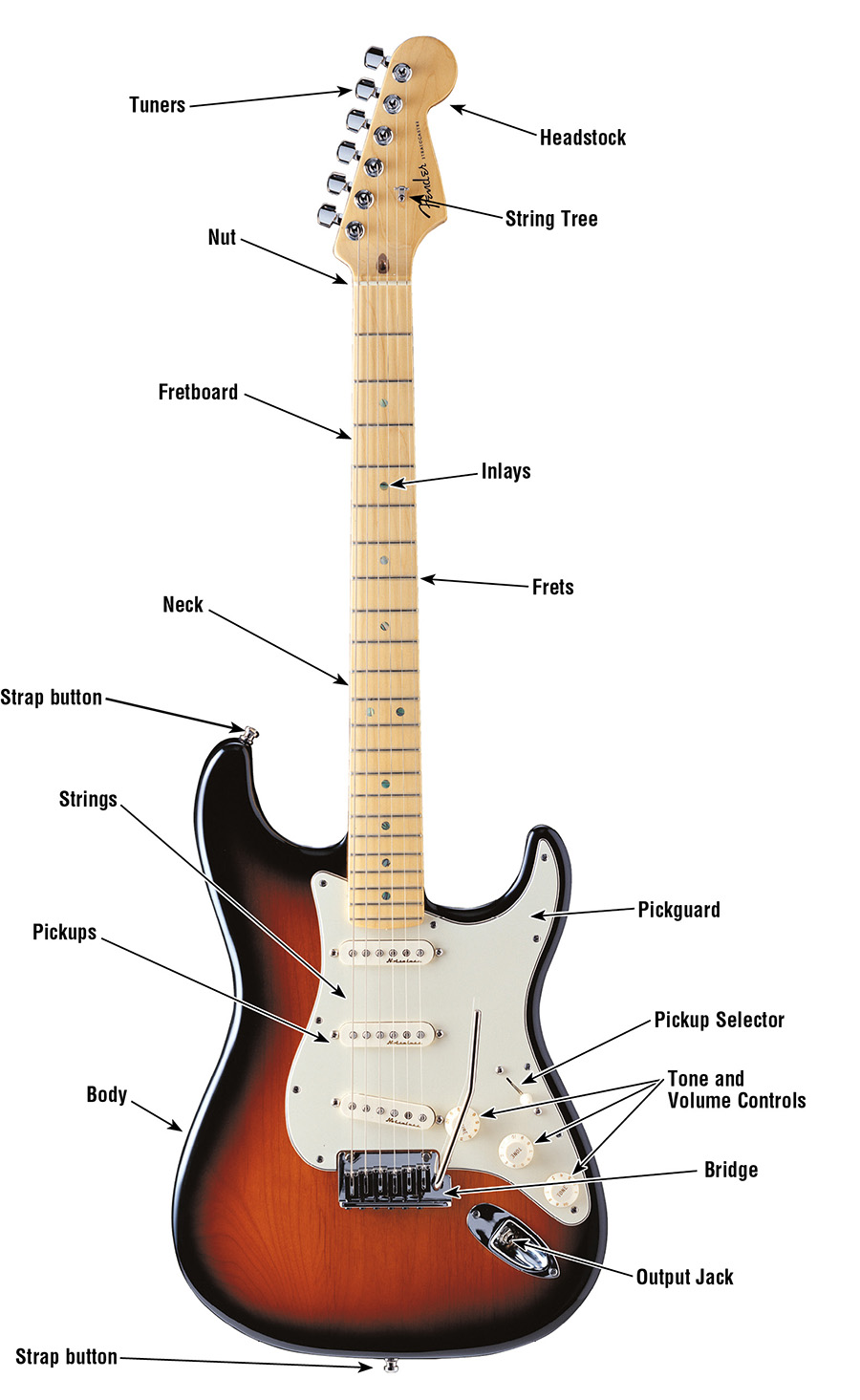ISBN 978-1-4803-4629-1
In Australia Contact:
Hal Leonard Australia Pty. Ltd.
4 Lentara Court
Cheltenham, Victoria, 3192 Australia
Email: ausadmin@halleonard.com.au
Copyright 2012 by HAL LEONARD CORPORATION
International Copyright Secured All Rights Reserved
No part of this publication may be reproduced in any form or by
any means without the prior written permission of the Publisher.
Visit Hal Leonard Online at
www.halleonard.com
DEDICATION
Id like to dedicate this book to my late grandfathers, Ezra Grace Fowler and Edgar Hayes Johnson, my late uncle Charles Stafford Fowler, and to my father, Michael Wasmund Johnson, all of whom instilled in me the desire to build, repair, and tinker.
Table of Contents
INTRODUCTION
Welcome to the Hal Leonard Guitar Setup and Maintenance Method. This supplement to the Hal Leonard Guitar Method addresses a subject thats far-too-often neglected by guitarists of all levels: how to keep your guitars in top shape, inside and out. Many players, unduly afraid of making adjustments or repairs to their instruments, end up spending hard-earned money for someone else to do the job or, even worse, settling for a sub-par instrument. It may be hard to believe, but Ive known players whovenever even braved the pedestrian chore of changing their strings!
Of course, a healthy dose of caution is a good thing; there are certain instanceswhere you can do real damage if youre not careful and well-informed. This book will make very clear which jobs should be handled by a qualified professional. However,many jobs, such as replacing a broken output jack, intonating, and adjusting the action, require little in the way of tools and only a modest skill set. With the information in this book, youll be armed with the confidence and knowledge to tackle these chores and even more, if youre more of an adventurous type. Besides saving some green, youll be rewarded with a great sense of accomplishmentnot to mention a guitar that plays and sounds its best!
CHAPTER 1: GUITAR ANATOMY AND TOOLS
Before we start tweaking, lets make sure were familiar with all the parts of a guitar. Many of you may know this already, but for those who dont, its time to learn.
ACOUSTIC
Body: Its common for an acoustic guitar to use one wood for the top and another wood for the back and sides. The soundhole is found on the body.
Neck: The most common wood used on acoustics for the neck is mahogany.
Strings: Bronze strings are the most common for steel-string acoustics, whereas classical guitars use predominantly nylon strings.
Headstock: This is one of the ends where the strings are anchored.
Tuners: These are usually arranged three-to-a-side on an acoustic guitar.
Nut: Commonly made of bone, plastic, or a composite material, this little piece is a key factor in a well-playing guitar.
Fretboard: The thin strip of wood on the face of the neck is most commonly rosewood or ebony on acoustics.
Frets: Frets come in different sizes, or gauges. The condition of the frets is important in a guitars ability to both play in tune and produce a clear tone.
Inlays: These are commonly abalone or mother-of-pearl.
Bridge: The other ends of the strings are secured here, most commonly with bridge pins.
Saddle: Commonly made of bone, ivory, or plastic, this is the other point of contact (opposite the nut) for the string en route from the tuners to the bridge.
Pickguard: This protects the body of the guitar from pick scratches.
Strap button: If your acoustic has a pickup, the output jack is often combined with the strap button in the end block for a seamless appearance.
ELECTRIC
Body: Common woods for electrics include maple, alder, ash, and mahogany.
Neck: Maple and mahogany are most common on electric guitars.
Strings: Nickel and other alloys are commonly used for electric strings.
Headstock: This is one of the ends where the strings are anchored.
Tuners: These are found both in-line and three-to-a-side on electrics.
Nut: Commonly made of bone, plastic, or a composite material, this little piece is a key factor in a well-playing guitar.
Fretboard: This is most commonly rosewood, maple, or ebony on electrics.
Frets: Frets come in different sizes, or gauges. The condition of the frets is important in a guitars ability to both play in tune and produce a clear tone.
Inlays: These are commonly abalone or mother-of-pearl.
Bridge: The other ends of the strings are secured here. There are various methods used for electric guitars, which well examine. If a guitar has a vibrato (whammy) bar, this is where its mounted.
Pickguard: This protects the body of the guitar from pick scratches.
Pickups: The pickups sense the vibration of the strings and turn it into an electronic signal. There are two main types of electric pickups: single coils and humbuckers.
Tone and Volume Controls: These controls come in various configurations.
Pickup Selector: The most common selectors are 5-way or 3-way.
Output Jack: Commonly misnamed the input jack , this is where the electronic signal leaves your guitar, so its important to keep it working properly.
Strap buttons: This is where you secure your strap.
TOOLS OF THE TRADE
The following list of tools will handle over 95 percent of your typical setup and maintenance jobs. Most of these tools can serve several purposes, which saves not only money but also space in the workshop. If a more specific tool is required for a certain job, it will be indicated at the appropriate time.

String Winder (with bridge pin puller): When youre tuning up for the umpteenth time during a setup, youll appreciate one of these.
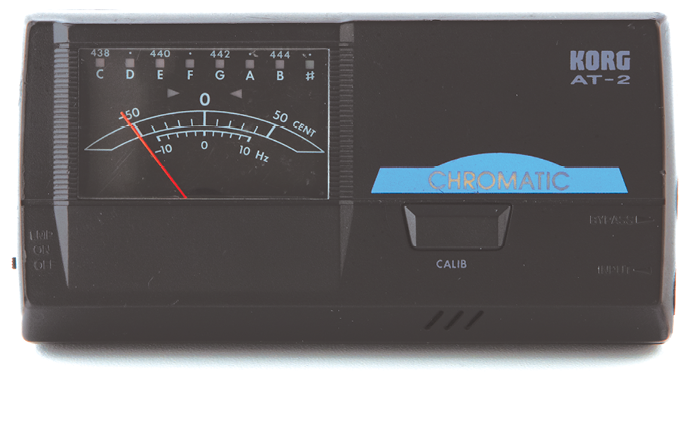
Tuner: A strobe tuner is preferable, but a normal electronic tuner will work.
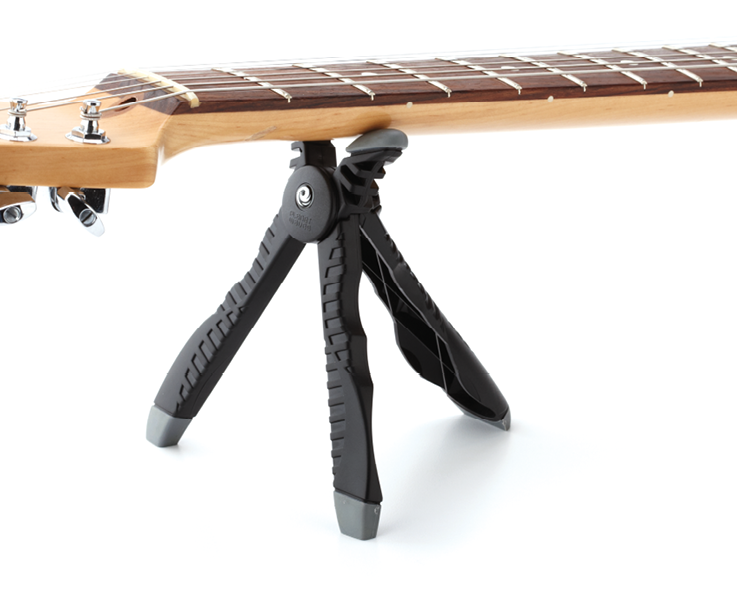
Neck Rest: This third hand is invaluable for many jobs.

String Cutter: Wire cutters will work as well.

Small Flashlight: This can help you see inside acoustics for various repairs.


